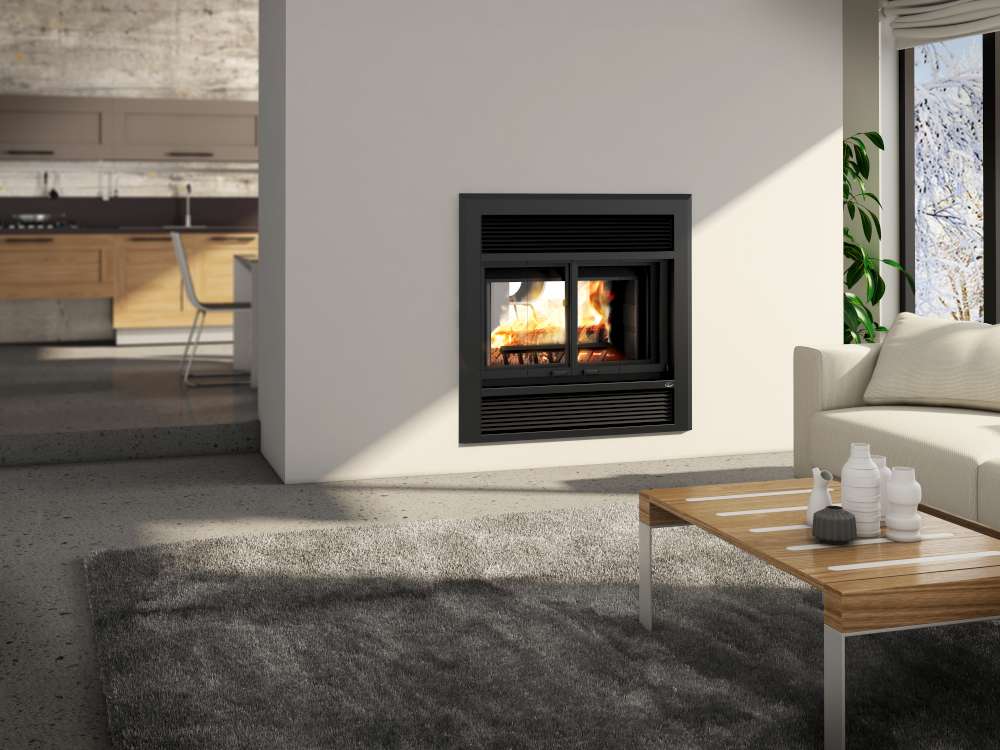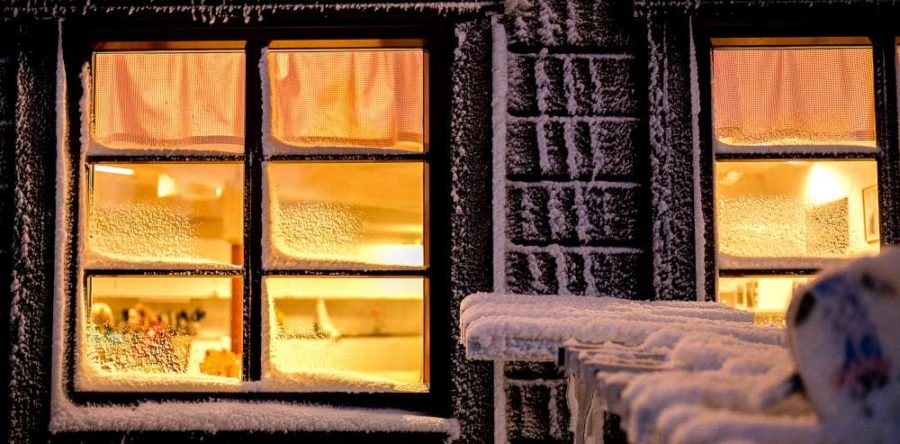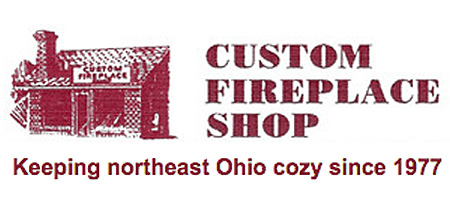Is your house ready for winter? As the wind and the snow arrive, it will get colder and will need to be heated. If you wish to minimize your heating bill while being safe throughout the cold season, these tips will help you prepare your home properly.
Smoke alarms and carbon monoxide detectors
As winter approaches, make it a habit to put new batteries in all of these units within your home. Don’t place carbon monoxide detectors within 15 feet of fireplaces, gas appliances or furnaces, because these appliances emit small amounts of carbon monoxide when first turned on, which could result in a false reading.
Windows and doors
In warm months, bad seals on windows and doors are not that noticeable. In cold months, they will be much more perceptible. Improper seals bring in cold air and let warm air escape, resulting in higher heating costs. Apply a good caulking around all window and door frames. Install or replace old weather stripping between the sash and window frames. If you can see light through the cracks of doors, add weather stripping there, too. Consider installing storm windows for the ultimate insulation.
The roof
It’s a good time to have your roof checked for leaks. A roofing professional can inspect for loose, damaged or missing shingles. If you live in a particularly snowy region of the country, a proper inspection can also determine if your roof is structurally sound enough to handle the heavy weight of snow for weeks and months at a time.
Electrical outlets and switch plates
It is estimated that about 2% of the air that is lost from within your home is lost through electrical outlets and switch plates. These openings can also allow cold air to come inside. Insulating these small areas is not hard and can save you money.
Air leaks
A visual inspection throughout your house is necessary to spot where better seals are needed. Any openings in the floors, walls or ceiling made for pipes, vents, power lines and more may not be well-sealed. Caulking will do the trick in most cases.

Chimney inspection
Thousands of home fires every year originate in chimneys. This is particularly true of chimneys connected to wood-burning fireplaces. Burning wood emits creosote, which adheres to the walls of the flue. Over time it can build up and ignite. Make it a habit to have your chimney inspected and cleaned before the colder months arrive. (A trained inspector will also be on the lookout for animal nests and other debris often jammed in chimneys.)
Fire extinguishers
If your home has a fireplace, a working fire extinguisher can mean the difference between the corner of a rug being singed and the entire home being destroyed. If you don’t have a fire extinguisher, buy one. And then every year as winter approaches make sure it’s in perfect working order and that everyone in the house knows how to use it.
Ceiling fans
These units are designed to be used all year long, but not with the blades running in the same direction. During the winter, use the switch on the motor part of the fan to reverse the direction of the blades so that they’re twirling clockwise. This creates a draft that sends warm air that has risen back down into the room. Running a ceiling fan in a counter-clockwise motion is good for warmer months because it cools the air in a room.
Emergency kits
In every house, several essential articles for emergencies such as a flashlight, water and, a first-aid kit are often gathered. Wood-burning and gas fireplaces operate without electricity, which makes them good allies for power outages.









